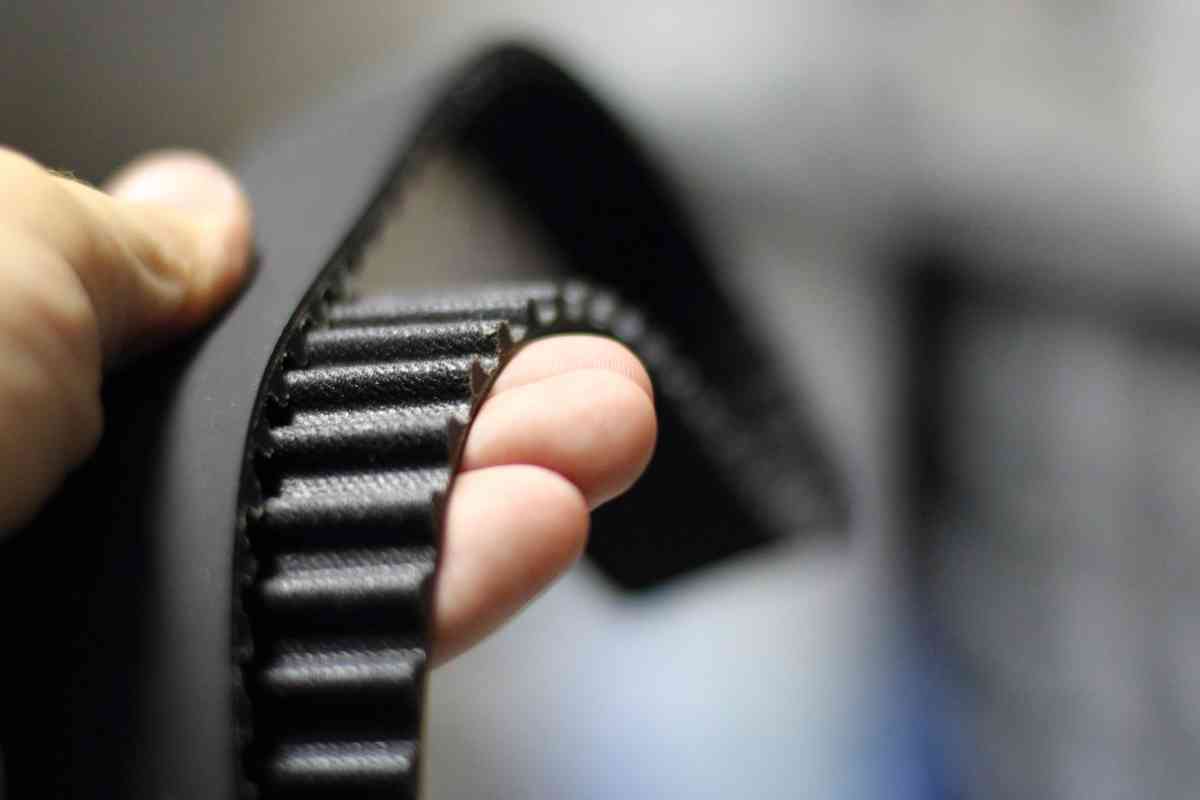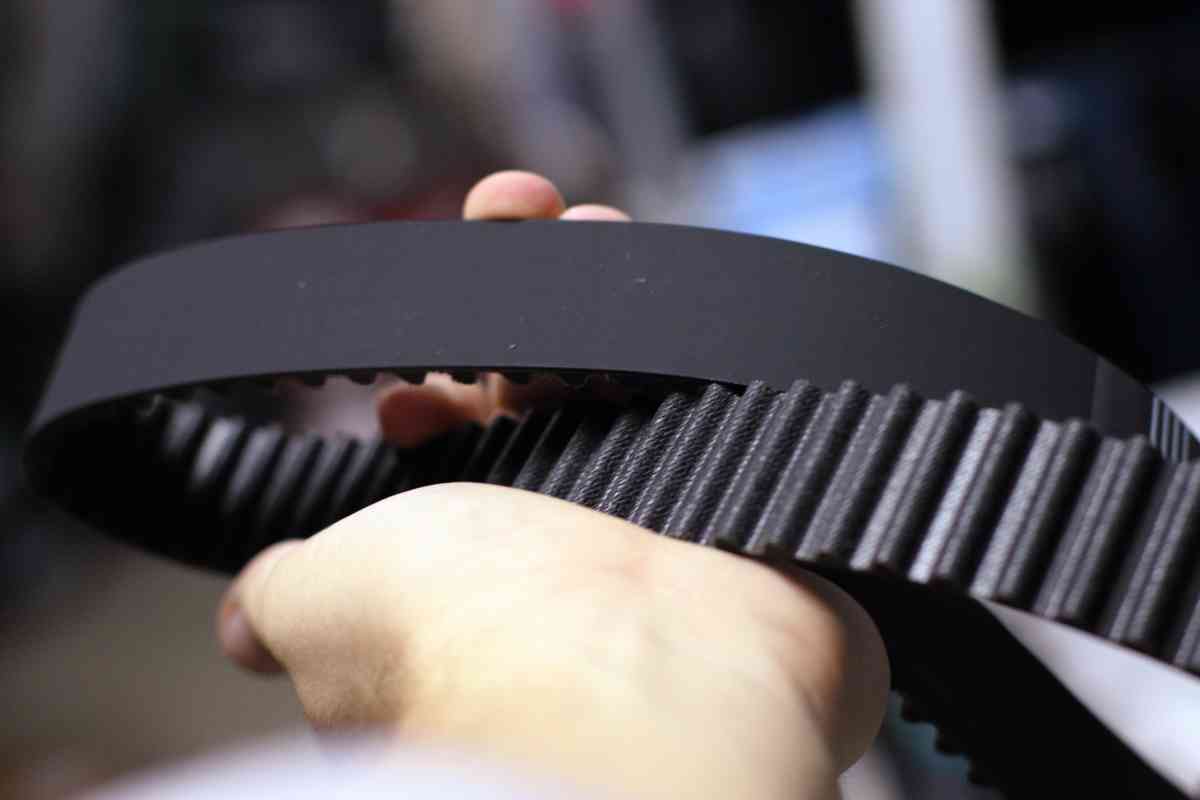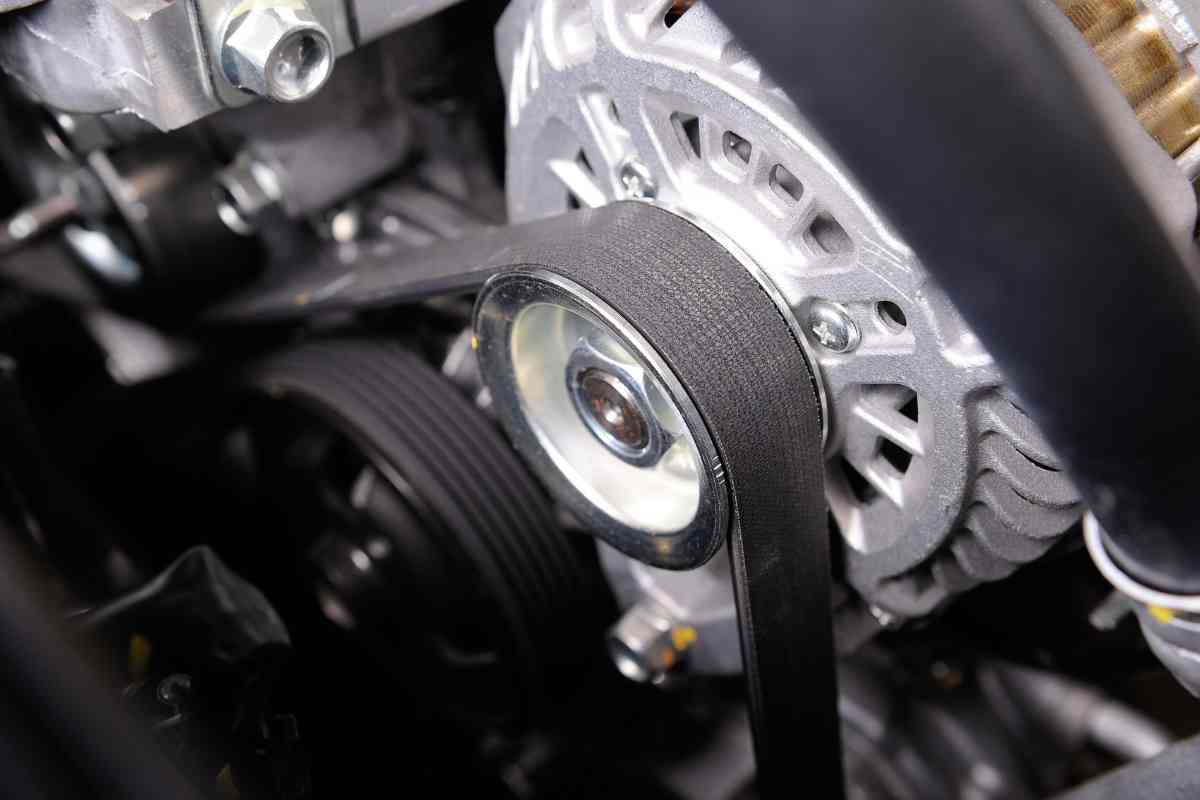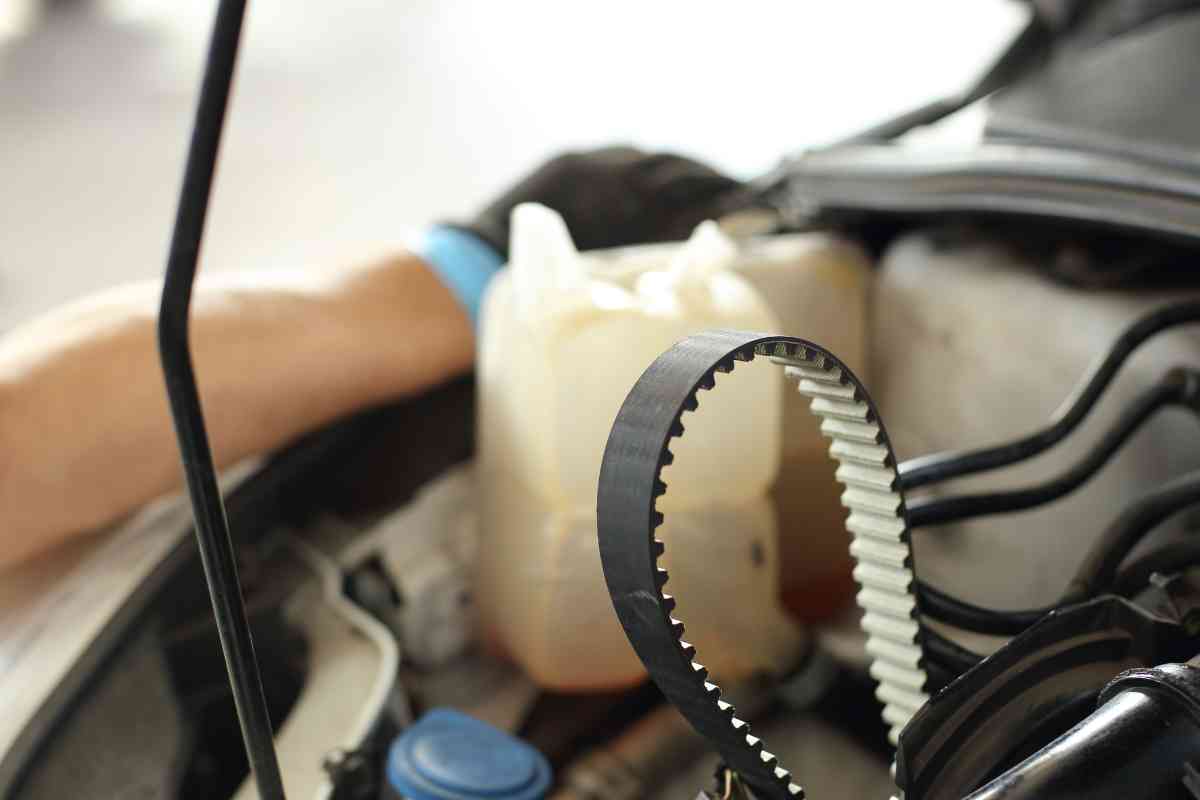When To Change The Timing Belt On Your Toyota Sequoia
Vehicle maintenance for your Toyota Sequoia is often meant to happen on schedule. So when should you replace the timing belt?

How often should I change the timing belt on my Toyota Sequoia?
The timing belt is very important on any vehicle, as it keeps the whole engine on the right rhythm. A Sequoia timing belt should be replaced about every 100,000 miles. While this isn’t required, the effects of a broken timing belt are worse than simply paying ahead to have it replaced ahead.
Toyota often recommends that you have the timing belt changed every 90,000 miles as per the schedule they offer, which includes details about when to replace filters, oil, and many more important parts on your vehicle.
To be honest, people have been known to drive with the same timing belt for more than 200,000 miles without much of an issue.
Knowing that a timing belt can last more than 90,000 miles doesn’t mean that you should just avoid changing the timing belt until you have to. Many drivers, including myself at one point, bring their vehicle in for service and balk at additional services offered by a mechanic when in reality paying for a service now will cost less than fixing a big problem later.
Now we’ll go into what the timing belt is, and why you should strongly consider changing it before it breaks.
What does the timing belt do on my Sequoia?

There are many parts that are important in your vehicle.
Oil, gas, coolant, tires, brakes, etc. The timing belt is way up there, though people don’t really think about it much as it doesn’t require much maintenance – until it has a problem.
A vehicle like the Toyota Sequoia has a timing belt that controls the timing of the pistons and valves within the engine. To make a long technical story short, engines are designed in a rather precise manner that involves keeping the pistons and valve away from each other while combustion is attempting to occur.
Having a pistol strike a valve can lead to serious problems, including breaking the valves or pistons, which will result in the engine likely shutting off because of the damage caused.
Digging into an engine and fixing these issues is not cheap – and it is likely to happen to multiple valves and pistons if the timing belt fails.
Why would I change my timing belt on the schedule?

A timing belt breaking can result in the above damage – your engine shutting off, and likely damaging itself on the way down. You’ll hear lots of noise, then no noise as the engine stops running.
The solution is fairly easy: Get the vehicle inspected on a regular basis, look at the timing belt for yourself for stretching, pulling, or frays, or get it replaced before it can break.
Here is what you should consider. If you replace your timing belt close to on the schedule Toyota recommends, you are less likely to have a vehicle breakdown, which saves you time, and the engine is a lot less exposed to potentially serious problems that result from a broken belt.
Having a mechanic change it out should be way less expensive than dealing with the engine ripple effect that comes from waiting too long.
Just know that Toyota and other manufacturers have developed schedules for maintenance for a reason – to keep the vehicle running well and reduce surprises.
Some might argue that Toyota is trying to get you to head to their dealerships and keep them profitable, but both can be true at the same time!
Can I change a timing belt myself?
Sure. The hardest part of this is some potential disassembly and actually getting the timing down.
While we don’t have the info, Toyota publishes the correct way to install a timing belt as well as desired distances between valve and piston.
The cost of tools and your time might be more significant – but you can keep the tools for everything else you do.

How much does it cost to replace the timing belt on my Sequoia?
Though the answer does depend on where you live and the garage you chose, the cost could be around $900 to $1000 to replace a timing belt with a significant portion of that dedicated to the labor process of installing and testing the belt.
Keep in mind that the cost to both replace the timing belt and either replace or fix valves and pistons is thousands more.
Key Takeaways
- Toyota suggest changing your timing belt every 90,000 miles
- You should have your vehicle inspected regularly anyway and keep an eye on the belt as the miles go higher – check for frays and loose parts.
- A broken timing belt can be a disaster for an engine and result in damaged valves and pistons
- The cost for changing a timing belt should be around $900 to $1000 if you do it in advance, which still costs way less than fixing a much larger problem
- Look at your vehicle’s maintenance schedule and take it somewhat seriously – especially in regards to avoiding major repairs.
